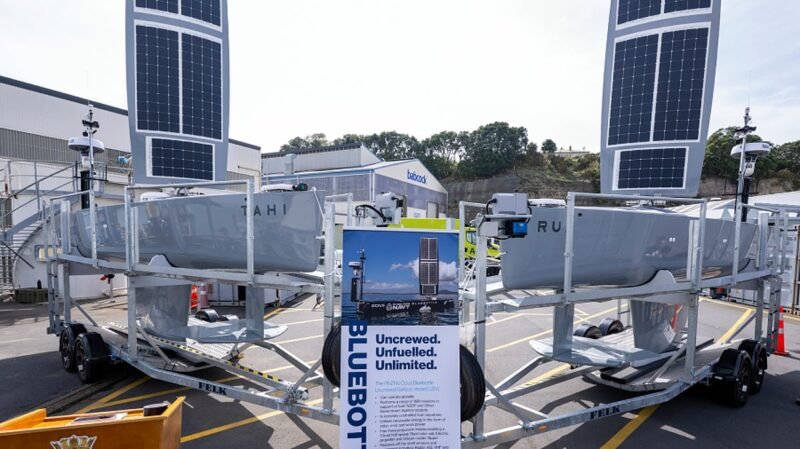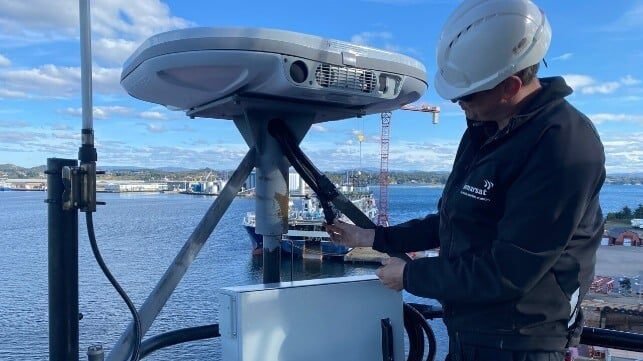Evolving Maritime Connectivity
Maritime communications have long relied on geosynchronous equatorial orbit (GEO) satellites for their extensive coverage and reliability. However, new low earth orbit (LEO), medium earth orbit (MEO), and highly inclined earth orbit (HEO) satellites are prompting maritime operators to consider a multi-orbit approach. This strategy leverages the unique strengths of various orbits, enhancing connectivity and network performance, particularly when integrated with 5G non-terrestrial network (NTN) technologies. Multi-orbit systems provide redundancy, regulatory compliance, and enterprise-grade services, ensuring operational certainty for shipping companies.
Cloud technology is also transforming maritime networks by offering scalable and cost-effective solutions. Cloud-native infrastructures reduce reliance on physical hardware, facilitating faster updates and minimizing downtime. The flexibility of cloud-driven networks allows for seamless integration with emerging technologies, streamlining operations and improving crew accessibility.
The integration of satellite systems with 5G architecture promises to enhance connectivity and automation in maritime operations. By adhering to 3GPP standards, operators can ensure uninterrupted communication and better interoperability between terrestrial and satellite networks. This evolution supports a diverse range of use cases and enhances user experiences through hybrid terminals that bridge traditional and modern technologies.
As connectivity increases, so does the need for robust cybersecurity measures. Implementing zero-trust architectures, real-time monitoring, and AI-driven automation can mitigate risks and enhance network resilience. These advancements are crucial for maintaining operational integrity in an increasingly complex maritime landscape.
Share it now
















